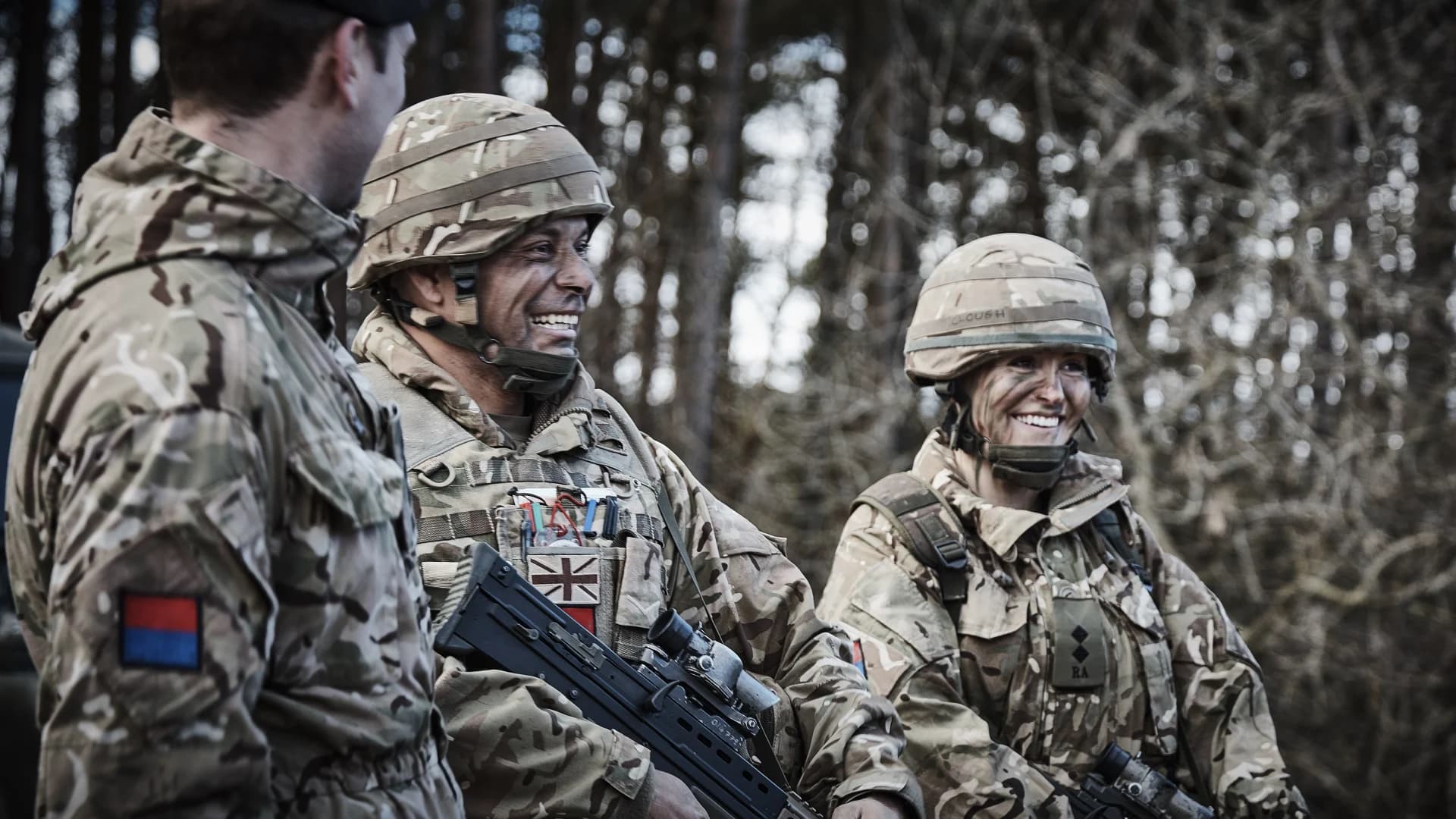
What does the training pathway from FY1 to general surgery through the army look like?

Anonymous asked a question to Medical Roles
Category: Role Description
Date asked: Tuesday, November 12, 2019
Last reviewed: Tuesday, November 12, 2019

Tori C.
Regimental Medical Officer
Hello,
If you plan to train with the Army from FY1, I am guessing you are applying for a bursary.
Defence deanery will allocate you to a hospital for FY1&2, you will be asked for your preference, but the choice is limited to certain hospitals. These hospitals are part of Joint Hospital Group and are affiliated with the military, I believe most people do FY1&2 at Frimley Park Hospital or the Queen Elizabeth in Birmingham.
Following FY1&2 you attend RMAS to complete the short commissioning course, this takes place from Oct - Dec. You then attend the Postgraduate Medical Officers course from Jan - May, this is a refresher on important topics but also teaches you things you won't have learnt at medical school and more military specific skills.
You are then assigned to a medical regiment and a military medical centre for just over 2 years as a General Duties Medical Officer (GDMO). During this time you keep an eportfolio, similar to the one from the foundation years. You will be able to attend courses and go to conferences, there are lots of military doctors willing to involve GDMOs in their research/audit/quality improvement projects, and at present you can use up to 10 days to gain experience in secondary care - all this will help build up your cv in preparation for specialty applications. You work primarily in primary health care in the UK under a GP supervisor, but will you will do both pre hospital care and primary health care when you deploy on exercises/operations.
The application for specialty training is in two stages.
You first apply to defence deanery, they will have a certain number of training posts each year, if the number of applicants exceeds the number of jobs available, they will likely do interviews and allow only a certain number to apply. For instance if there are 2 surgical training jobs and 5 people want to apply, they may only let the top 3 candidates apply.
Once you have permission to apply, you then apply through the normal NHS specialty training system. Those who benchmark highest will get the training job. You must also meet the minimum NHS standard.
And you are now a surgical trainee! You will be 3 years behind your colleagues who start specialty training straight after FY2, but you will have a bit more life experience and time as a GDMO is great fun (no matter what specialty you want to do). The rest of the pathway is the same as an NHS trainee.
Not everyone will choose to enter specialty training within the Army, and if you are undecided, you can apply for both a defence deanery job and an NHS post at the same time. You may wish to do this if it is particularly competitive and you do not wish to wait another year to apply should you be unsuccessful.
I hope that answers your question. Please bear in mind you can also join after FY2 as a direct entrant. While financially you are better off getting a bursary, it is a useful entry point for anyone who wants to work somewhere else during FY1&2, or isn't quite sure they want to join the army, or someone who was not successful in their application for a bursary.
Please let me know if you have any other queries.
Tuesday, November 12, 2019
This discussion is closed, so no new comments can be added.